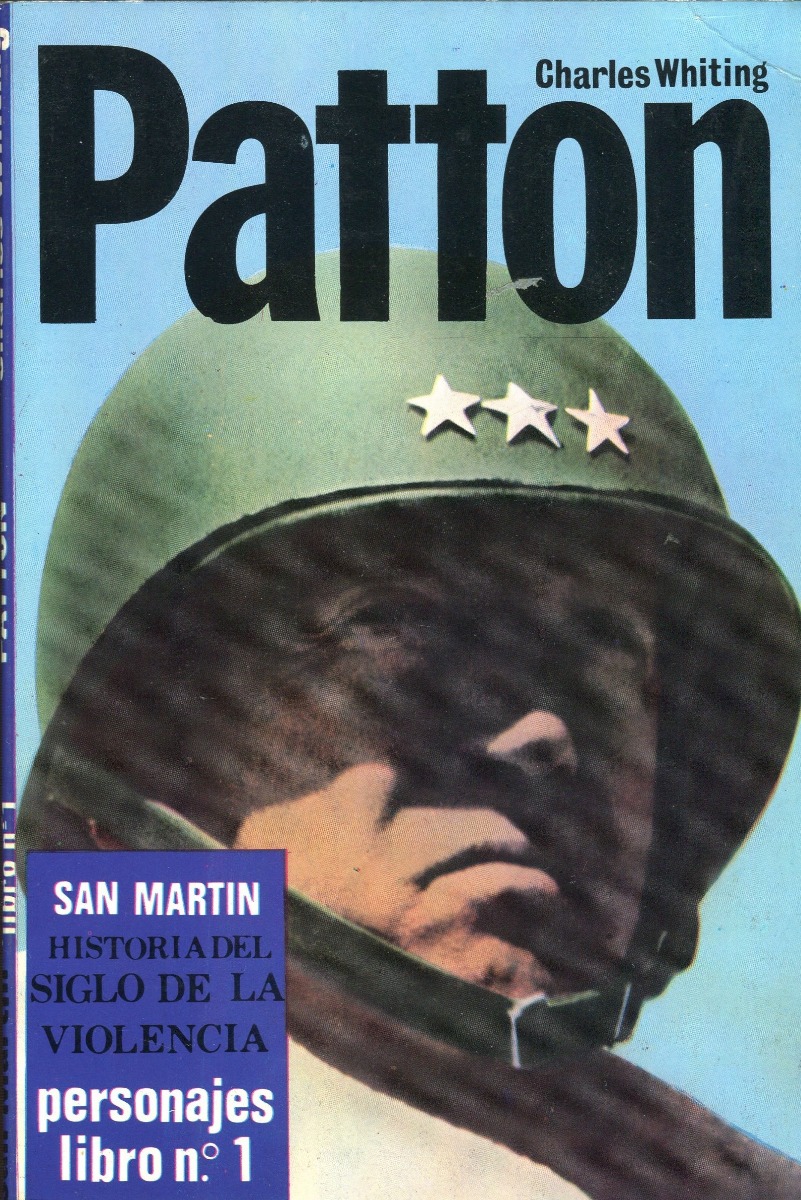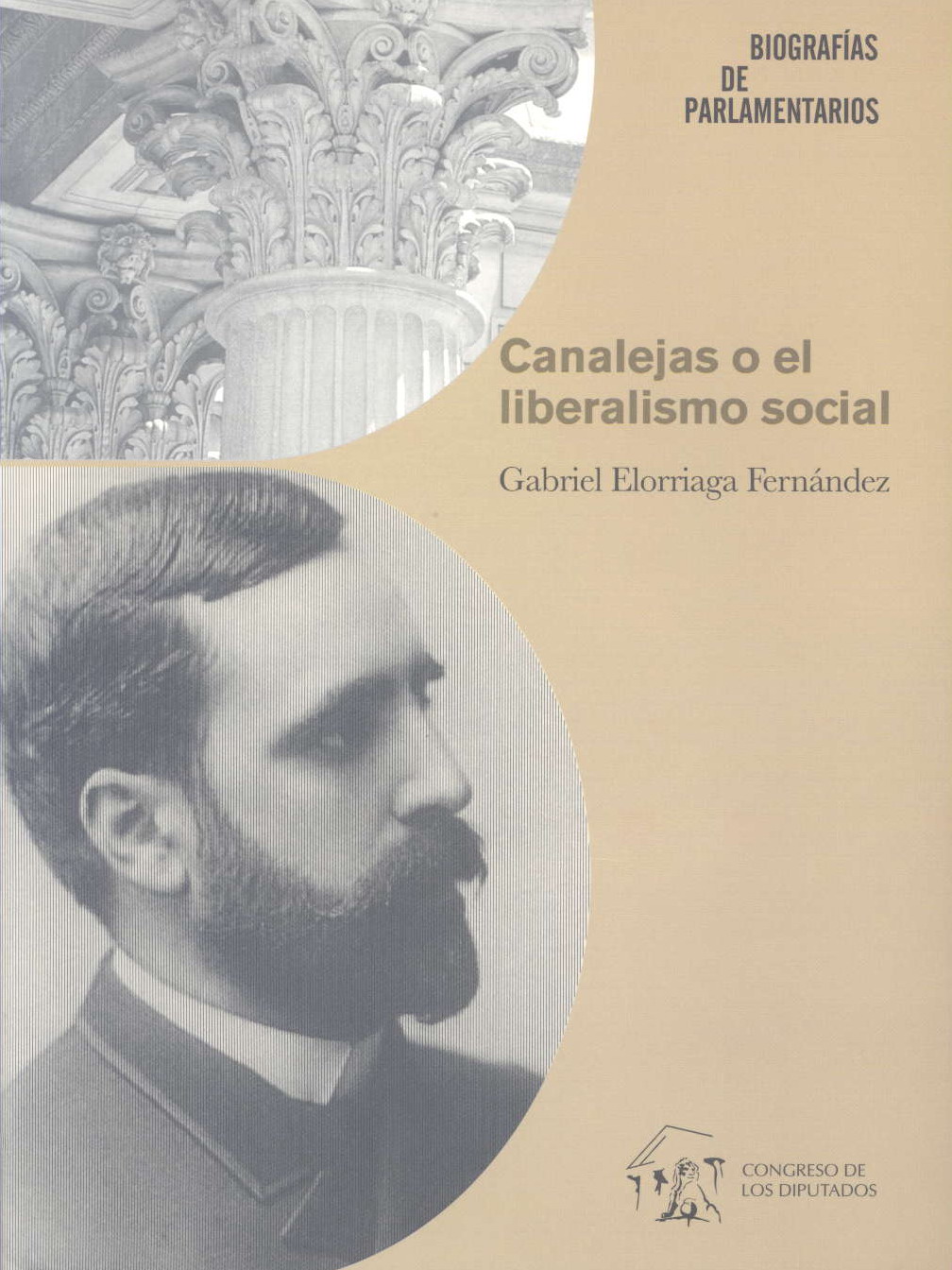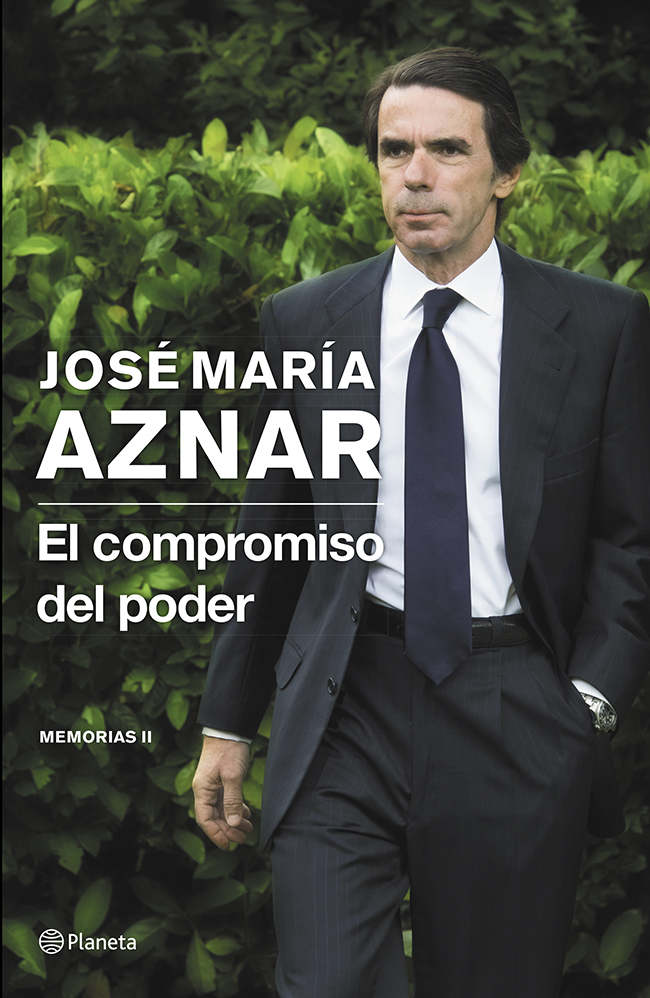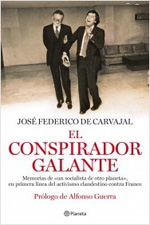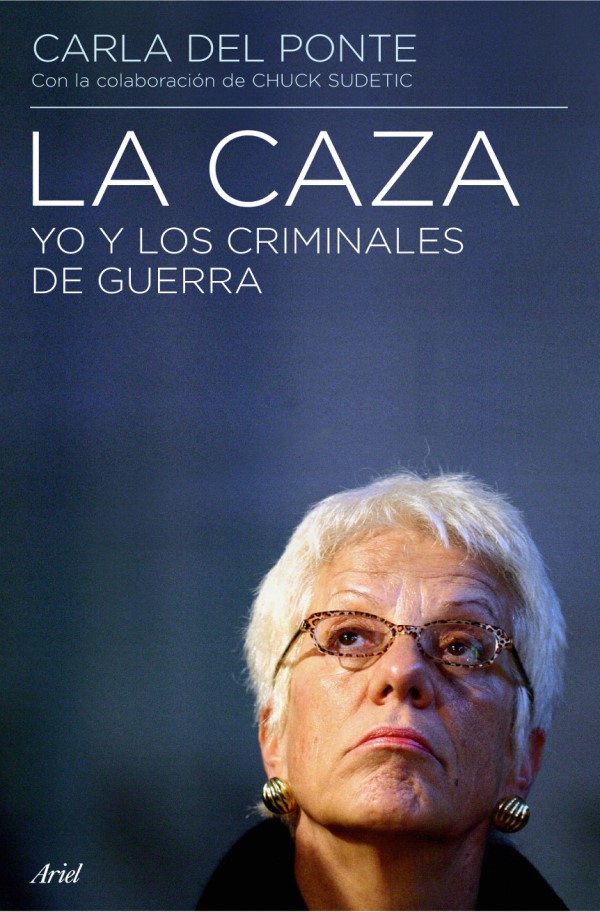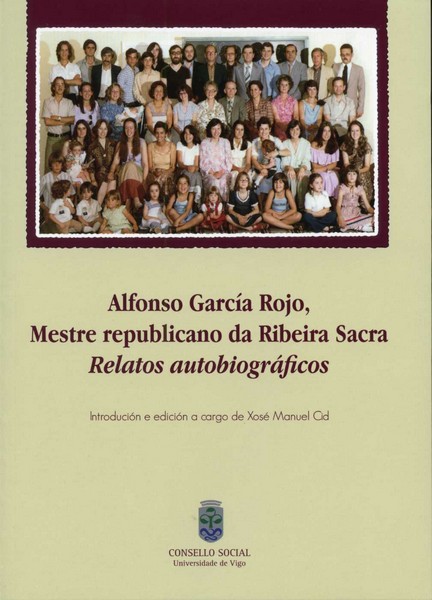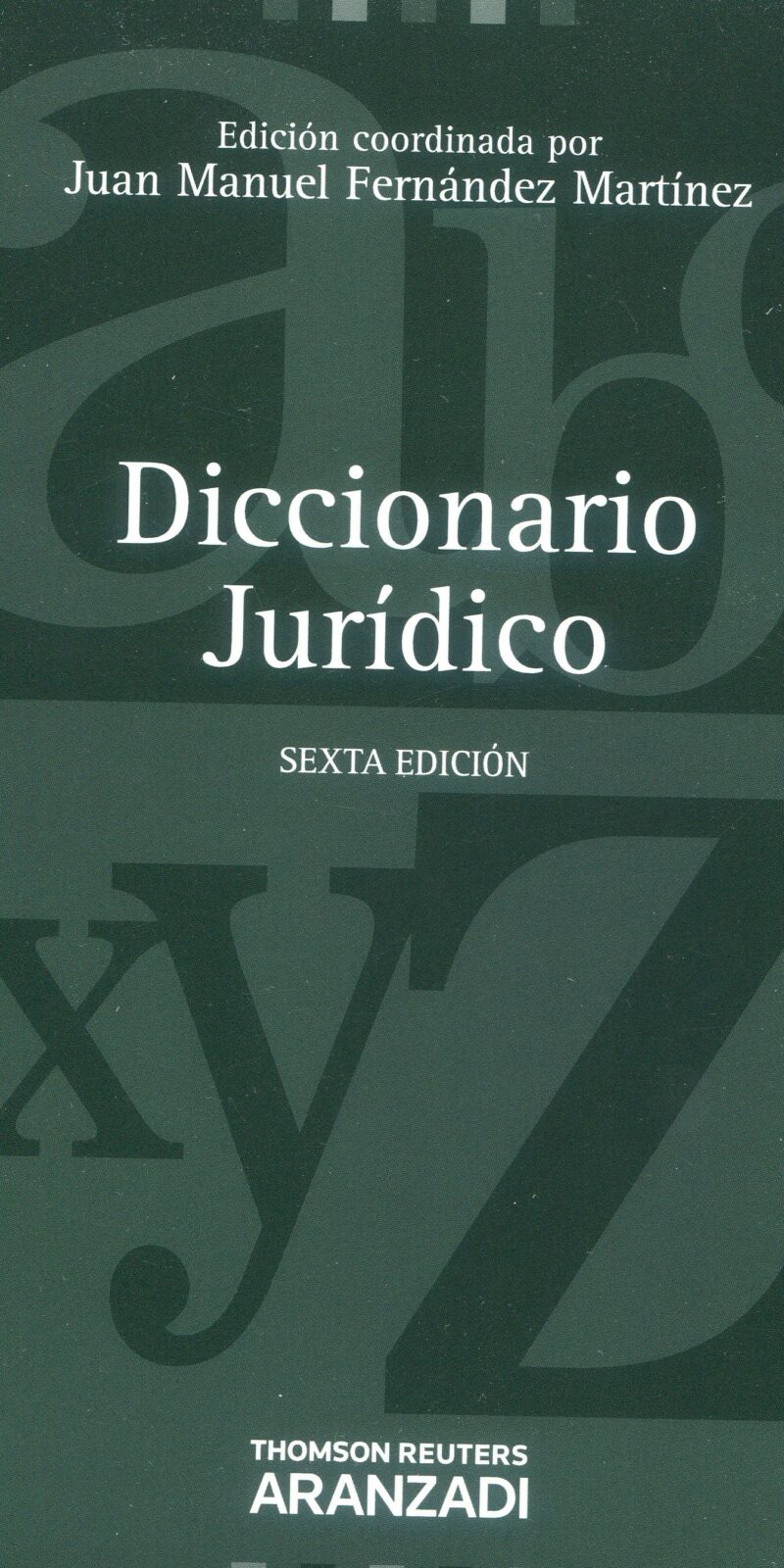Patton
HISTORIA DEL SIGLO DE LA VIOLENCIA PERSONAJES Nº 1
Entre una nube de intenso polvo, el convoy se detuvo. El general, alto e inmaculadamente vestido, esperó hasta que el conducir le abrió la portezuela.
Luego, descendió del vehículo con aire majestuoso, hundiendo sus botas de montar, limpias y relucientes, en el polvo de la carretera funeciana.
Durante largo rato estuvo observando la escena que le rodeaba; por fin, dando un imperioso golpe con el látigo a su bota, comenzó a dirigirse hacia el
cuartel general del II Cuerpo de Ejército de los EE.UU. El viejo Blood and Guts había llegado por fin a tomar el mando.
Charles Henry Whiting (18 December 1926 – 24 July 2007[1]), was a British writer and military historian and with some 350 books of fiction and non-fiction to his credit, under his own name and a variety of pseudonyms including Duncan Harding,[2] Ian Harding,[3] John Kerrigan,[4] Leo Kessler,[5] Klaus Konrad,[6] K.N. Kostov,[3] and Duncan Stirling.[3]
Early life and education
Born in the Bootham area of York, England, Whiting was the son of a fitter. He studied at the Nunthorpe Grammar School and left in 1943, at age 16, to join the British Army by lying about his age.[3] Keen to be in on the wartime action, Whiting was attached to the 52nd Armoured Reconnaissance Regiment, and by age 18 saw duty in France, Holland, Belgium, and Germany in the latter stages of World War II, rising to the rank of sergeant. While still a soldier, he observed conflicts between the highest-ranking British and American generals which he would write about extensively in later years.[3]
He demobbed in 1947 and married in 1948. After the war, he stayed on in Germany completing his A-levels via correspondence course and teaching English before being enrolled at Leeds University reading History and German Language. As an undergraduate, he was afforded opportunities for study at several European universities (including Cologne University (briefly), then Leeds (1949–1953), and Saarbrücken (1955–56),[3]

